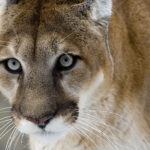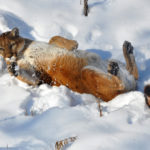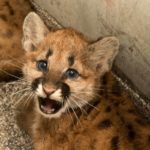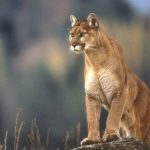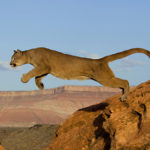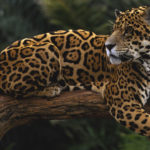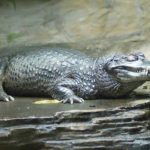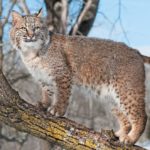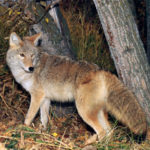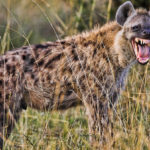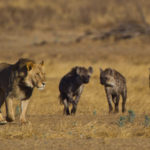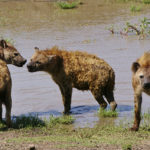30 interesting and fun facts about cougars
 Cougars are one of the dominant predators in their habitat. These graceful animals, also called mountain lions, are distinguished by dexterity, stamina and a high level of intelligence. They are able to plan attacks on unsuspecting prey, to think quickly and fight fiercely if they are in danger. But, despite this, the area in which cougars are still found is steadily declining due to the fact that they are being crowded.
Cougars are one of the dominant predators in their habitat. These graceful animals, also called mountain lions, are distinguished by dexterity, stamina and a high level of intelligence. They are able to plan attacks on unsuspecting prey, to think quickly and fight fiercely if they are in danger. But, despite this, the area in which cougars are still found is steadily declining due to the fact that they are being crowded.
Puma is America’s second largest feline. Larger than it is only a jaguar.
On the plain, the cougar is capable of speeds up to 65 km / h, but she quickly gets tired. In the event of a chase, she tries to quickly climb a tree and hide from her pursuers there.
All cougars lead a solitary lifestyle, with the exception of females with cubs. During the mating season, adults also occur, but not for long.
The female takes care of her cubs until they are 2 years old. However, the cubs begin to learn to hunt already at the age of 9-10 months.
Kittens are born spotted, but their color soon changes to plain.
These animals violently defend their territory, the area of which can reach 200 square kilometers.
Milk of this big cat is 5-6 times fatter than cow’s.
One of the alternative names for the cougar is cougar.
The puma in the tongue has special tubercles with which they tear small pieces of meat from the prey.
During the run, they can jump up to 10-12 meters in length.
Cougars kittens never leave their shelter until their mother calls for them.
Having caught a large prey, the cougar always hides its remains until the next meal. If this is not done, scavengers will quickly get to it.
Cougars prefer to attack prey exclusively from an ambush.
These are the only large cats on the American continent that have a uniform color.
To survive, in a year one cougar needs to eat 860-1300 kg of meat, depending on the size of the animal itself.
The female communicates with her offspring with the help of sounds reminiscent of bird tweets.
At one time, these predators usually give birth to 3 to 5 kittens.
These predators were sacred animals among the Cherokee and Zuni Indians, as well as among some other local tribes.
In order to restore the pumas population in Canada and the USA, hunting for them is limited or completely prohibited.
Cougars living in the southern regions of North America often attack alligators, and sometimes kill individuals twice as large as them.
Wolves, bears and jaguars are not only competitors, but also the most dangerous enemies for these predators.
Puma’s pursuit of prey in 82% ends with a positive result.
In the wild, cougars can live 18-20 years.
They endangered rarely attack people. Most often, attacks occur where the habitats of these animals intersect with the places of human habitation.
If you cross a leopard and a puma, then as a result hybrids called pumapards will be born. But they will not be sterile, and will not be able to give birth to new offspring.
Cougars are most active at dusk, that is, immediately after sunset and at dawn. But at night, contrary to popular belief, they hunt infrequently.
A starving cougar can even begin to hunt small rodents, but they will never feed on carrion and eat up the remains of someone else’s prey.
The largest individuals can reach a length of 2.2-2.4 meters, taking into account the length of the tail.
Adult cougars weigh up to 90 kg, but they rarely gain such a mass. Usually their weight is in the range of 60-65 kg.
Their hind legs are larger and more powerful in relation to body size than all other representatives of the cat family.

